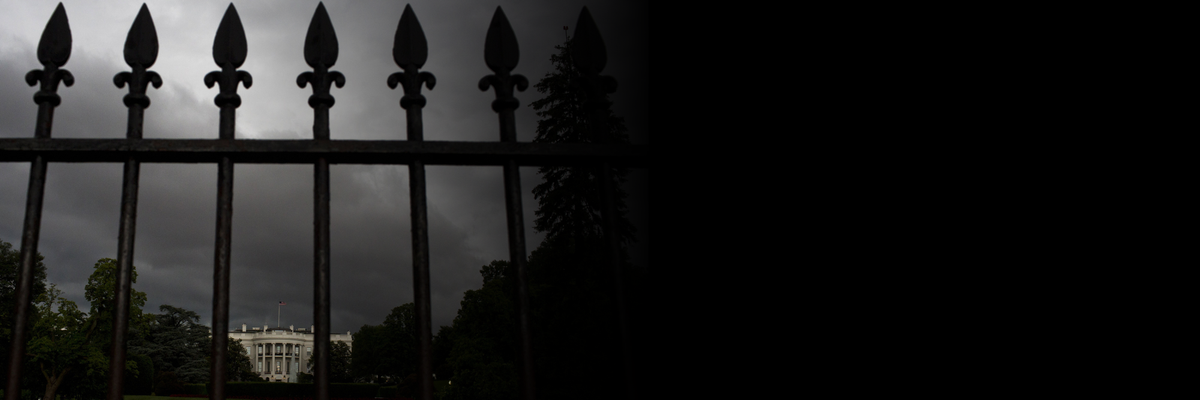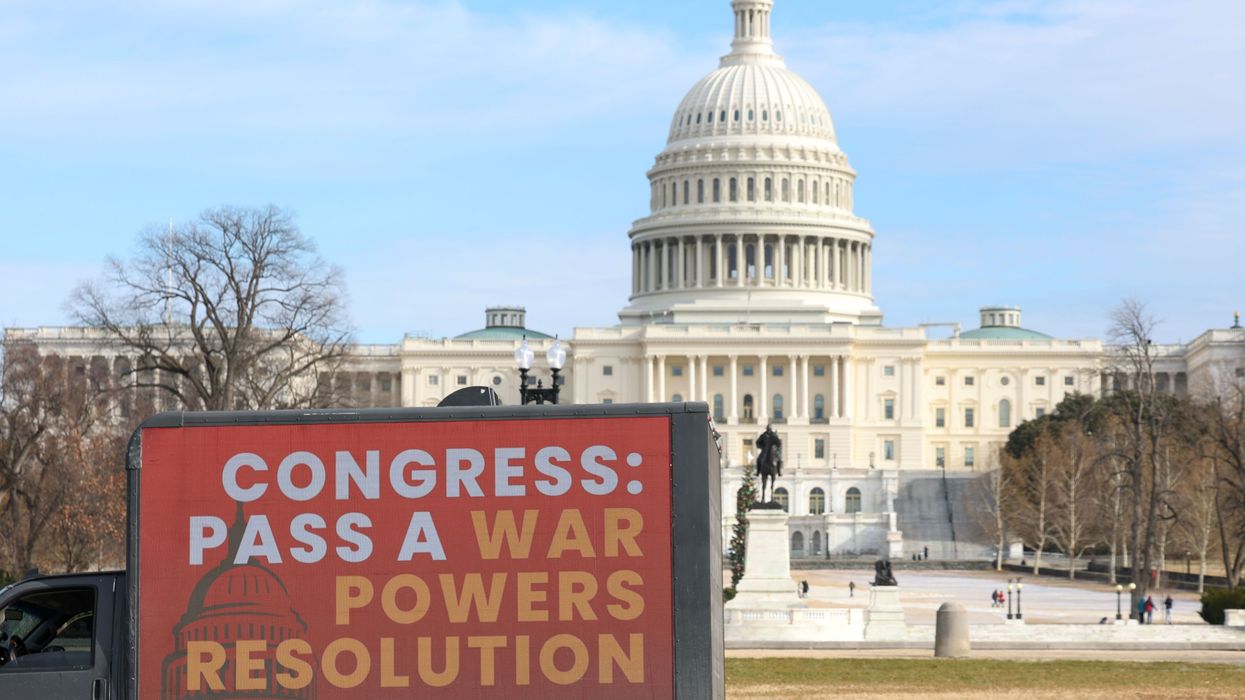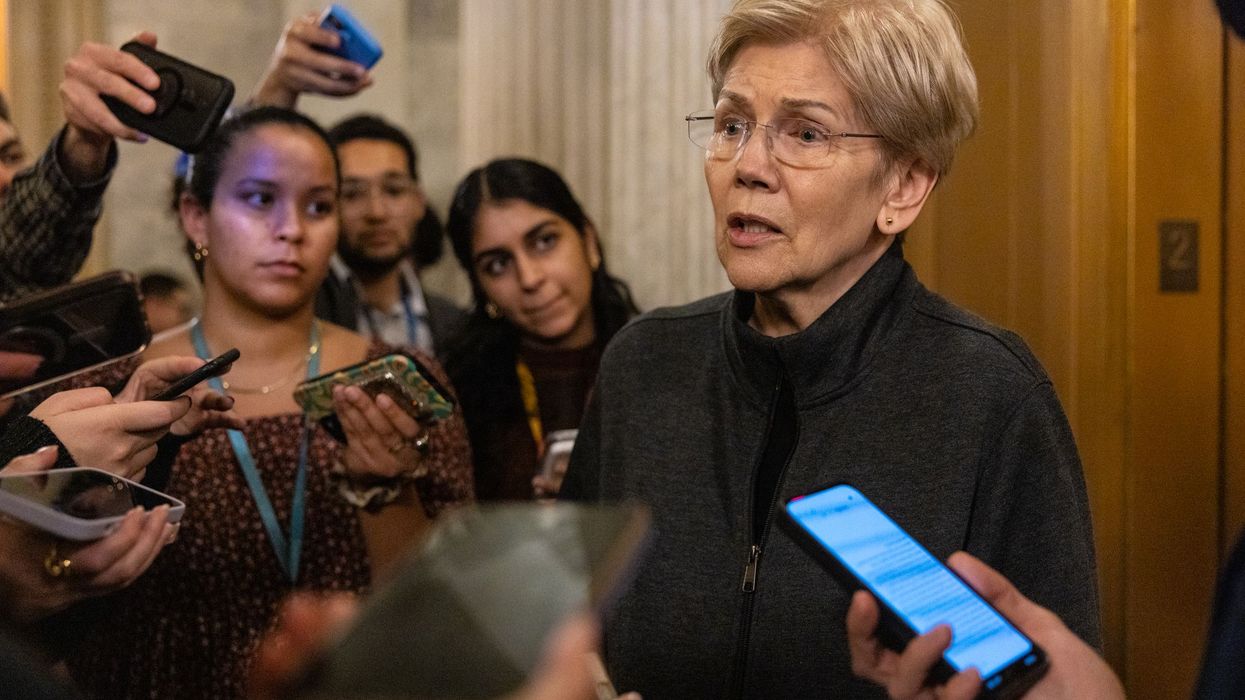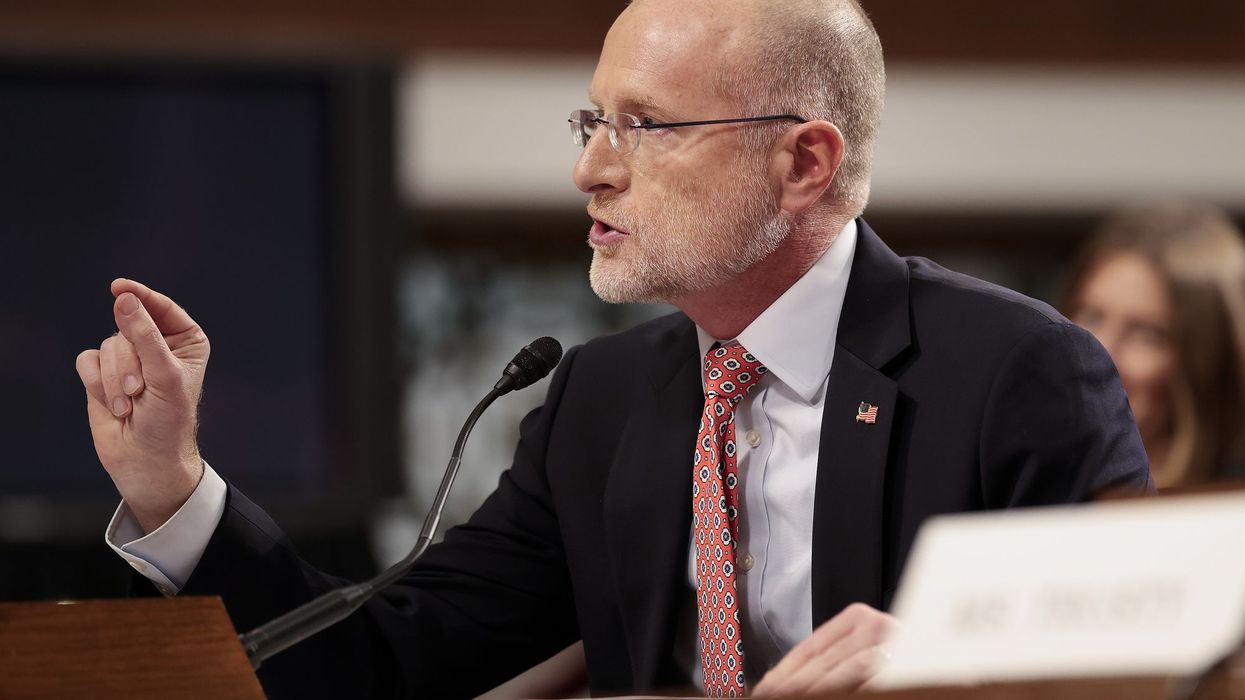Increased temperatures due to global warming have combined to create
news of three separate climate disasters in different parts of North
America. But while news of these disasters emerged in the past week,
several states and Google announced major new investments in the clean
energy technology necessary to solve the climate crisis and prevent
even worse global warming. Meanwhile, President Bush and Congress were
touting false solutions, like offshore oil drilling, that will only
accelerate the climate crisis.
"These three events add up to a planet in deep trouble," said
Greenpeace Global Warming Campaigner Melanie Duchin. "But while states
and companies are responding to the climate crisis, the Washington
politicians are just spraying offshore oil on the fire."
1. Sea Ice at Second Lowest Level Ever; Polar Bears at Risk of Drowning as Ice Melts
THE CHUKCHI SEA, OFF NORTHWEST ALASKA - On Tuesday, August 26, data
maintiained by the International Arctic Research Center and the
Japanese Space Agency (JAXA) showed that Arctic sea ice has reached
its second lowest level since records have been kept after significant
melting attributed by scientists to the warming climate. The extent of
Arctic sea ice is now 2 million mi2 below the long term average for the
day, and within 400,000 mi2 of the all-time record low set in September
2007. With weeks still to go in the 2008 melt season, that gap will
narrow even further before the ice reaches its 2008 minimum sometime in
September. Scientists project that the Arctic Ocean could be ice free
in the summer as early as 2012, further accelerating the pace of global
warming: without the white ice to reflect sunlight back into space, the
Earth will absorb more heat into the darker ocean, causing a vicious
cycle of melting and warming. Temperatures in Alaska (and the rest of
the polar region) have risen 3-5 degrees Farenheit since the 1950's.
Meanwhile, the consequences of this warming became brutally clear last
week when a contractor for the federal Minerals Management Service
spotted nine polar bears swimming in open ocean, between 15 and 65
miles from land or the nearest sea ice. Scientists with the federal
U.S. Geological Survey consider the bears at risk for drowning:
although polar bears are strong swimmers, they are not equipped to
survive long distances in open water and spend most of their lives on
sea ice. However, sea ice has been disappearing rapidly as the climate
heats up due to global warming. Disappearance of the sea ice could
cause the extinction of all polar bears in Alaska by 2050.
Ironically, the aircraft that spotted the polar bears was surveying the
Chukchi Sea as part of Bush administration efforts to allow massive oil
drilling in the area, even though federal scientists have warned that
drilling activities could pose a serious additional threat to polar
bear populations in the region Any oil found and consumed will also
further endanger polar bears by spewing more global warming gases into
the atmosphere.
2. Greenland Glacier Breaking Up, Threatening Sea Level Rise
NORTHERN GREENLAND - A massive piece of the Petermann glacier, the
Northern Hemisphere's longest-floating glacier, broke off (pictures of
the break up available at https://news.nationalgeographic.com/news/2008/08/080822-greenland-photo.html).
Major cracks also appeared in the glacier, leading Professor Jason Box
of the Byrd Polar Research Center at Ohio State University, who
discovered the cracks, to predict that a further 60 square miles of
glacier could be lost in the near future, contributing to dangerous sea
level rise.
3. Fay Dumps 26 Inches of Rain on Florida
FLORIDA - Tropical Storm Fay made landfall four times in Florida,
bringing a whopping 26 inches of rainfall to the state. As of Sunday,
flood waters were still rising in many parts of Florida, leaving
alligators, snakes, and fish swimming in urban areas and people's
backyards. 200,000 people lost power and the storm is estimated to have
cost more than $12 million. Although tropical storms and hurricanes
have always been a part of Florida's weather, the number and intensity
of tropical storms in the North Atlantic has increased markedly over
the last century, along with sea surface temperatures in the region.
Scientists consider it likely that the climate crisis is making extreme
weather events more intense and wetter, and possibly more frequent (see
additional resources below).
States, Businesses Respond; Feds' False Solution Will Make Problem Worse
This week also brought news of several major actions being taken by
state governments, businesses, and others to combat the climate crisis
to prevent future disasters. Two California businesses announced they
would build the world's largest solar power arrays, 10 times bigger
than any now in existence, to meet a state requirement that utilities
generate at least 20 percent of their electricity from clean energy
sources like solar and wind power.
-Google announced a major investment in geothermal power, which taps the Earth's natural heat to produce electricity.
-Colorado announced that its wind generation capacity has quadrupled in
the last 18 months, also in response to a state clean energy
requirement (23 other states have similar requirements).
Meanwhile, President Bush and Republicans in Congress have been pushing
opening America's coasts to oil drilling while many Democrats have
expressed their willingness to accept expanded drilling. In addition to
the risk of large oil spills, drilling more oil will worsen the climate
crisis by burning more fossil fuels and slowing the transition to a
clean energy economy.
"Rather than investing in oil and other fossil fuels that make the
problem worse, Washington needs to follow the example of states and
turn its resources to further developing the clean energy that can get
us out of this crisis," Duchin said.




